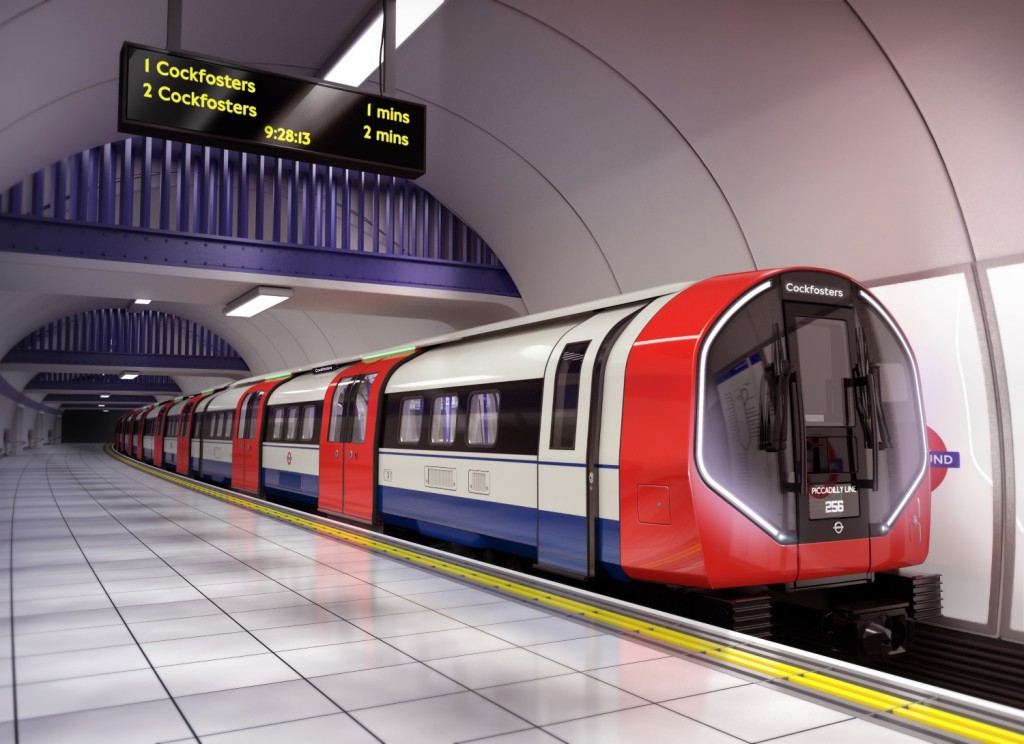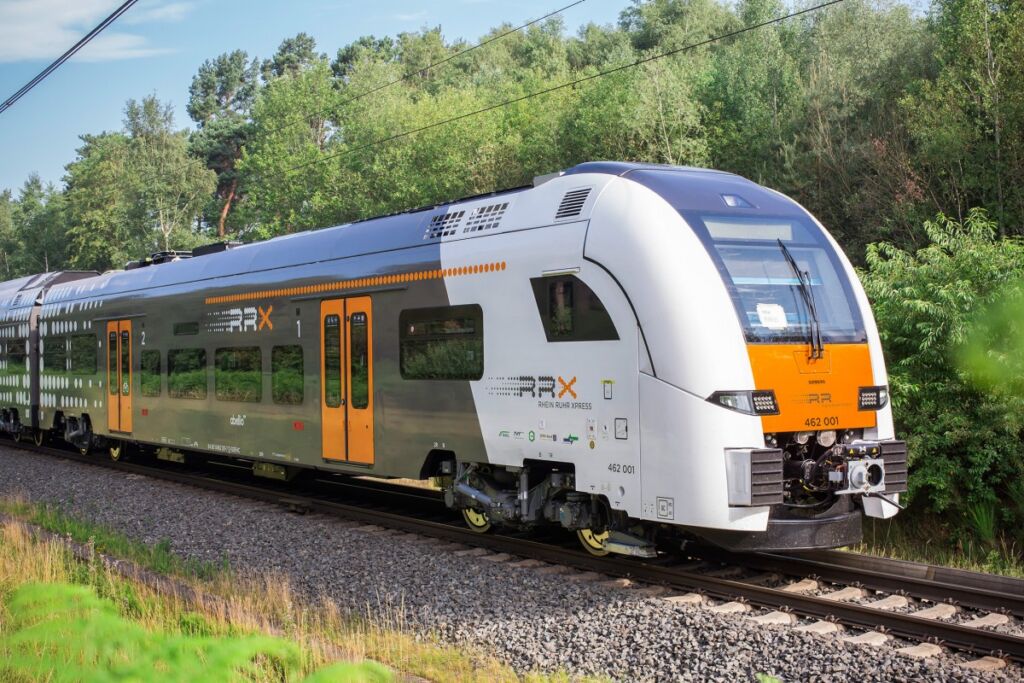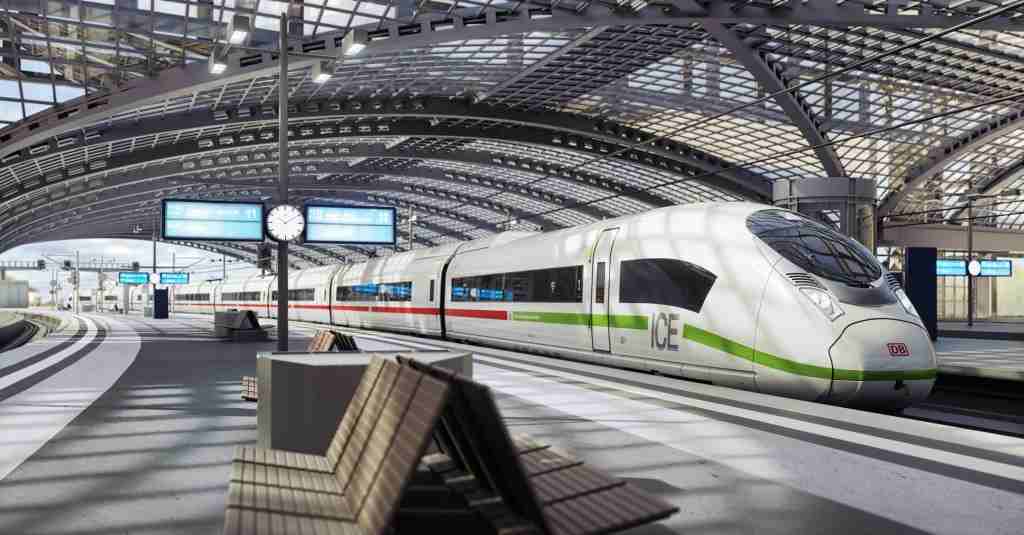Transport for London (TfL) and Siemens Mobility have today unveiled the detailed design of the new generation Tube trains for the Piccadilly line, which will soon be in production to replace the existing 1970s fleet.
The trains currently running on the line have become increasingly unreliable and expensive to maintain and will be 50 years old by the time they are replaced. Despite the devastating impact that the coronavirus pandemic has had on its finances, TfL is continuing to replace these assets, meaning that from 2025, new spacious ‘Inspiro London’ trains will serve customers on the Piccadilly line, future-proofed to ensure they are suitable for many years to come.
As the new trains are introduced to the Piccadilly line, the current fleet will be gradually withdrawn from passenger service and the frequency of trains in peak hours will rise from 24 to 27 trains per hour from mid-2027. This is a train every 135 seconds at the busiest times and represents a 23 per cent increase in peak service capacity.
The state-of-the-art Tube trains will significantly improve the experience of millions of customers, with wider doors and longer, walk-through, air-conditioned carriages for more comfortable journeys. The new trains optimise space to boast 10 per cent more capacity, as well as being significantly lighter than existing designs, meaning energy efficiency is increased and damage to tracks is reduced.
This is achieved by using an innovative articulated design, meaning fewer bogies (the structures containing the wheels, motors and suspension to support and power the train) are required per full-length train. This provides the additional benefit of a smoother ride.
The new trains have also been designed with sustainability in mind. They are 95 per cent recoverable and also offer regenerative braking capability, cutting-edge traction systems, LED lighting throughout and advanced energy management. This means energy consumption is reduced by 20 per cent compared with the existing fleet. The longer, more spacious, air-conditioned trains will be fully walk-through, boosting accessibility and ensuring customers can move easily to quieter areas of the train. The train design has been developed with regular feedback from TfL’s Independent Disability Advisory Group (IDAG) and the TfL Accessibility Forum.
The new trains are a good example of how investment in TfL is an investment in the UK’s economy, with 55p of every pound invested in improving London Underground being spent outside of London. Fifty per cent of the new train fleet will be built in Goole, East Yorkshire, employing up to 700 people in engineering and manufacturing roles, 250 in the construction phase and 1,700 in the broader supply chain. Last month Siemens Mobility announced £50m of related contracts for UK suppliers, including a number for train components. These included almost £6m in contracts for Yorkshire-based LPA Lighting to provide the interior train lighting, and Midlands-based suppliers Baker Bellfield to supply cab partition wall and I M Kelly for driver seats and footrests.
The order for the new Piccadilly line trains, together with a further investment in signalling which has not yet been funded, would support 25,000 new jobs in the capital, as well as supporting the next generation of transport workers through apprenticeship places created both by Siemens Mobility, TfL and the wider supply chain.




